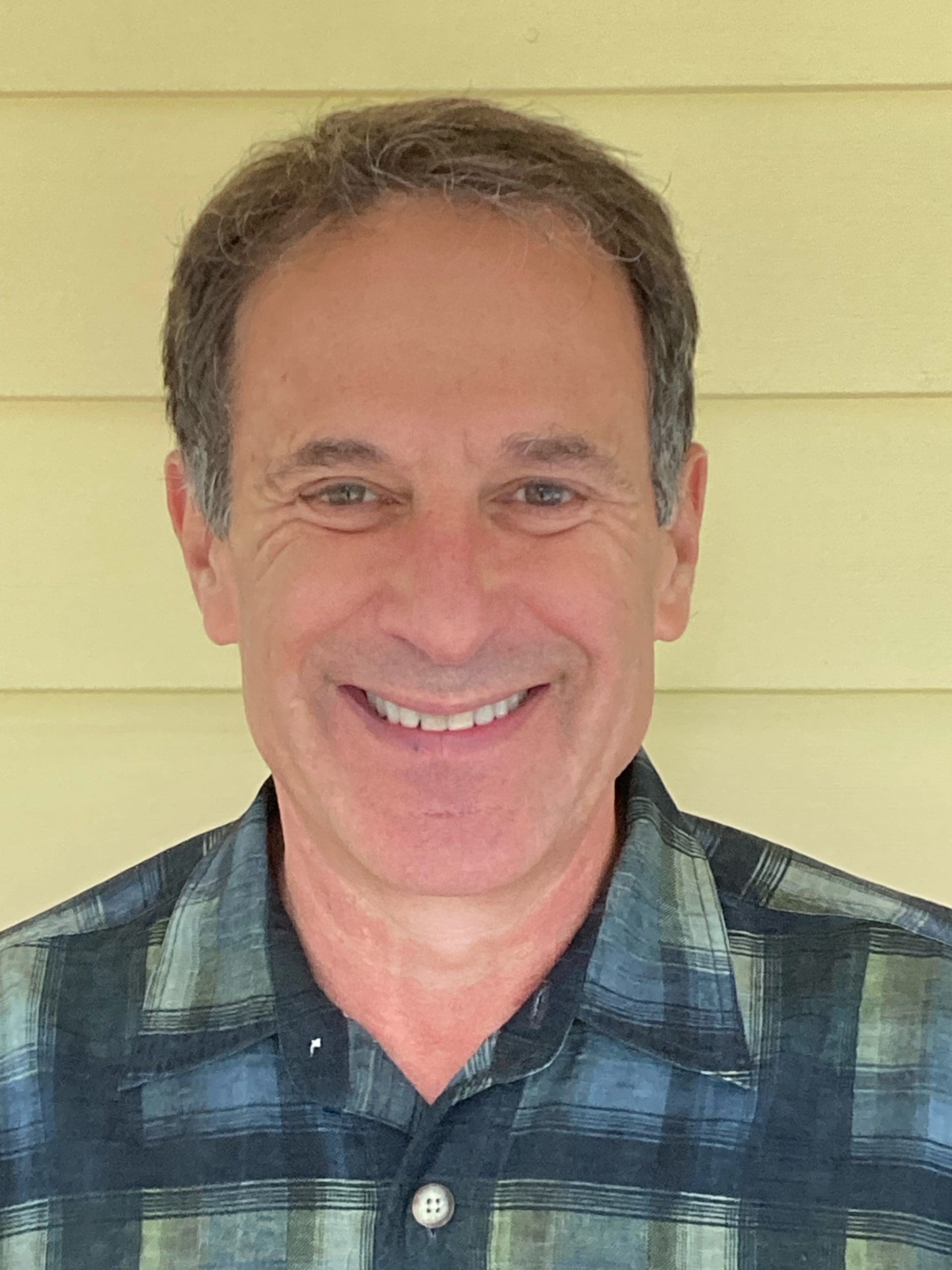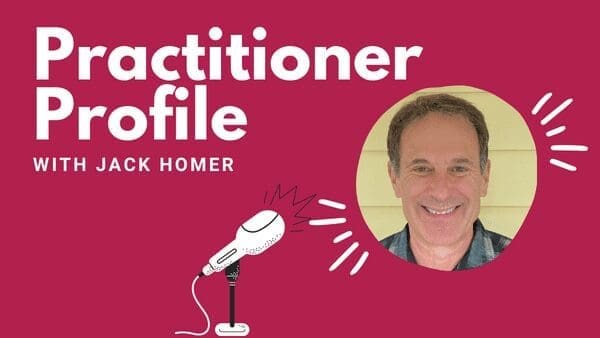Practitioner Profile: Jack Homer, Homer Consulting
Welcome to Practitioner Profiles, a series of up-close blog-length interviews with experienced System Dynamics practitioners. We have a standard set of 10 questions and let practitioners take the responses in any direction they choose. They tell us about who they are, how they got involved with the field, how they work with clients, and in what new directions they may be heading.
For any questions or comments, please contact Dr. Saras Chung (saras@skipdesigned.com).
For this spotlight, we talked with Dr. Jack Homer from Homer Consulting.

What kinds of SD project applications do you do?
I have operated as Homer Consulting for nearly 35 years now, first in California, then in New Jersey, and now in New York. For the first 15 years, nearly all my consulting projects were in the private sector, working directly with large corporations or as a subcontractor to larger consulting companies. I experienced a major shift toward the public sector in the early 2000s, including more than a dozen years with the US Centers for Disease Control and Prevention (CDC). For the last 20 years, about 70% of my work has been with government and non-profit organizations, most often on health and healthcare policy, but also on climate change and decarbonization. I have some new clients every year, but also some clients with whom I’ve worked for many years, including Rethink Health, Kaiser Permanente, Climate Interactive, and Deloitte.
What is distinctive in your approach to SD projects?
Starting with my PhD dissertation 40 years ago, I have always taken a “structure and data” approach. That means I press the client not only for plausible causal hypotheses and details, but also for any numerical data that might be relevant. There’s plenty of data out there these days to support modeling, although sometimes it needs a deep dive and statistical analysis or algebraic manipulation to see it clearly. This effort is worth it, and I always find that the data tell me something important I didn’t know and that even the client didn’t know or at least didn’t think to communicate.
In what way is Homer Consulting unique or different from other organizations doing SD work?
I’m a solo practitioner, though I often do projects in conjunction with other modelers and consultants. I may miss out on the benefits of being a fixture at a larger organization, but I have always valued my independence and autonomy. This has allowed me to split my time between projects and writing papers about them. Publishing papers has always been important to me personally, and it’s also turned out to be a good way to attract new clients.
What is your role in the organization, especially with regard to SD Project work?
I’m the chief cook and bottle washer, as they say.
How did you originally get interested in SD, and when was that?
Like quite a few SD old-timers, I first became excited as a teenager in the potential of computer simulation as dreamed up by science fiction writer Isaac Asimov in his Foundation Trilogy books. In 1972, I happened to meet Dale Runge from the MIT SD group (he was the husband of my former Spanish teacher), and he told me all about SD and gave me a copy of Jay Forrester’s “Counterintuitive Behavior of Social Systems” paper. As an undergraduate at Stanford, I studied applied mathematics including statistics and operations research, but never found anything that approached SD for its breadth and explanatory power. I started at MIT in 1977 and completed the PhD in 1983.
What individuals and organizations are inspirations to you?
I’m impressed by people in the public sphere who not only put it in the hard analytic work themselves but also grow an effective and long-lived organization around it. People like Amory Lovins (famous for “Soft Energy Paths” and founder of the “think-and-do-tank” RMI), Don Berwick (founder of the Institute for Healthcare Improvement and later head of the US Centers for Medicare and Medicaid Services), Jay Forrester (for building our entire discipline from scratch), and, of course, John Sterman (my classmate at MIT), who more than anyone else moved SD toward recognition as a legitimate management science discipline.
What accomplishments are you proud of?
Let me say first that I’ve always wanted to improve the world in some way with my work. I guess that’s a pretty high bar to set. Many of my projects don’t seem to clear that bar, at least in terms of actions taken subsequently by the client. It’s just a fact that modeling projects sometimes fizzle out and clients may not follow through on recommendations. Even award-winning multi-year work, like what we did for the CDC and Rethink Health, does not always translate into real-world change that I can identify and quantify. And yet, I often hear later from people (who took part in these projects or read our papers about them) how much they learned from our work. My longtime collaborator Bobby Milstein says that our modeling and writing have helped to build the intellectual foundation for a growing movement for universal health and well-being. I must take his word for it because he’s in the trenches more than I am.
What challenges have you experienced?
The frequent fizzling-out and lack of follow-through.
What kinds of SD work would you like to be doing over the next 5 years?
I will continue to work with my favorite clients on important issues but will take on fewer new clients. I’ve done some of this already, and it has freed me up to do volunteer activities like managing the SD Society’s remote one-on-one mentoring program and doing some mentoring myself.
Are there any specific changes or tweaks you would like to make in how you and your organization approach SD project work?
I would like to have more early conversations with clients about how the model or its results will ultimately be used. I’ve found that such a conversation can help keep everyone on the project working together toward a longer-term goal.
Have other questions or comments? Leave a comment below or reach out to Jack at Homer Consulting.
Recent Posts
Society Governance Updates
Society Governance Updates Welcome, Allyson! New President Allyson Beall King joined the Policy Council as our 2024 President. Her primary role is as director of the Washington State University School of the Environment, which focuses on regional ecologies and our...
Call for Presenters: Seminar Series
Call for Presenters: Seminar Series We at the System Dynamics Society are continually seeking vibrant and knowledgeable presenters for our ongoing Seminar Series. As we unfold the calendar, there’s always a place for more insights, experiences, and expertise to enrich...
Honoring Excellence: A Glimpse into the Awards of the International System Dynamics Conference
Honoring Excellence: A Glimpse into the Awards of the International System Dynamics Conference The International System Dynamics Conference brings together experts, practitioners, and students to exchange ideas, showcase real-world applications, and celebrate...
Upcoming Events

MIT System Dynamics Seminar | Work Faster? Put in Longer Hours? An Assessment of Reactive Resilience Policies in Supply Chains
Please visit the MIT System Dynamics Seminars page for more information. You are invited to attend a supplemental System Dynamics seminar being held on Tuesday, April 23rd from 12:00-1:00pm EST in the Jay W. Forrester conference room, E62-450, or via...
Recent Business cases
A Design Value Calculator: A System Dynamics Boardgame
A Design Value Calculator: A System Dynamics Boardgame EXECUTIVE Summary Product design is a specific form of complex innovation that touches all areas of an organization’s management. While entrepreneurs recognise the value of design, they often tend to focus...
The World Bank Uses System Dynamics to Identify Root Causes of Poverty
The World Bank Uses System Dynamics to Identify Root Causes of Poverty EXECUTIVE Summary Madagascar has one of the highest poverty rates in the world. In 2022, an astonishingly three out of every four people in Madagascar lived below the poverty line. Poverty has...
Fast-Track Cities Uses System Dynamics to Enhance HIV Care
Fast-Track Cities Uses System Dynamics to Enhance HIV Care EXECUTIVE Summary Low levels of viral suppression at 69% for people with HIV make it hard to believe the 95% target level will be achieved by 2030 in St. Louis, USA. As a solution, Fast-Track Cities-STL opted...



